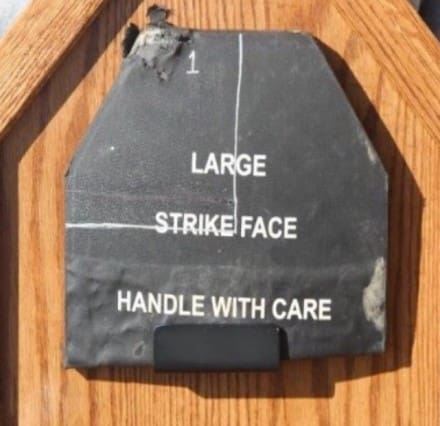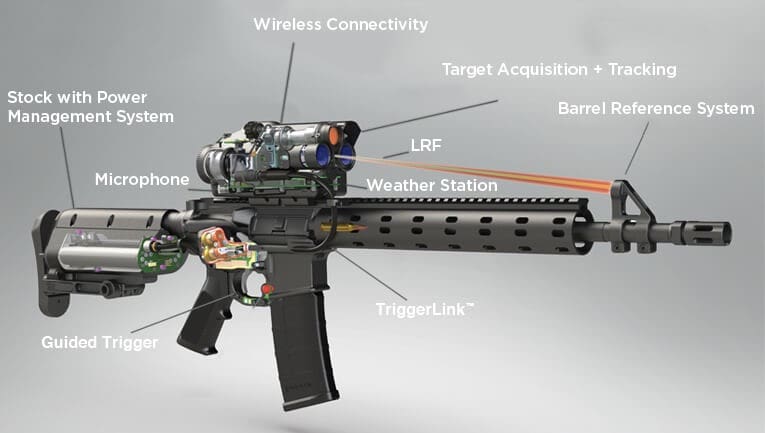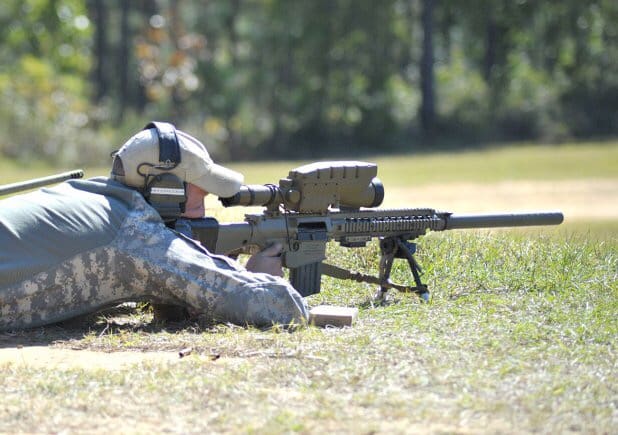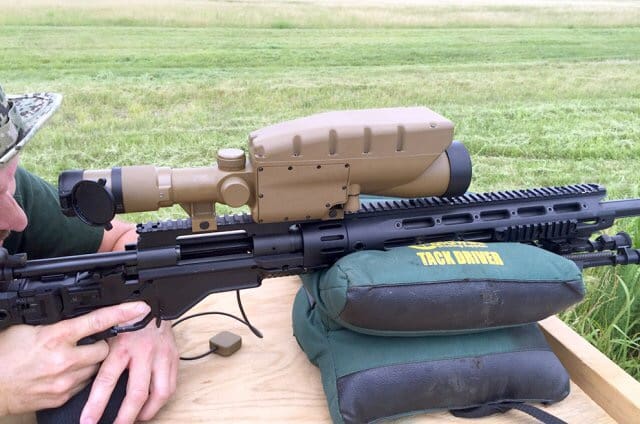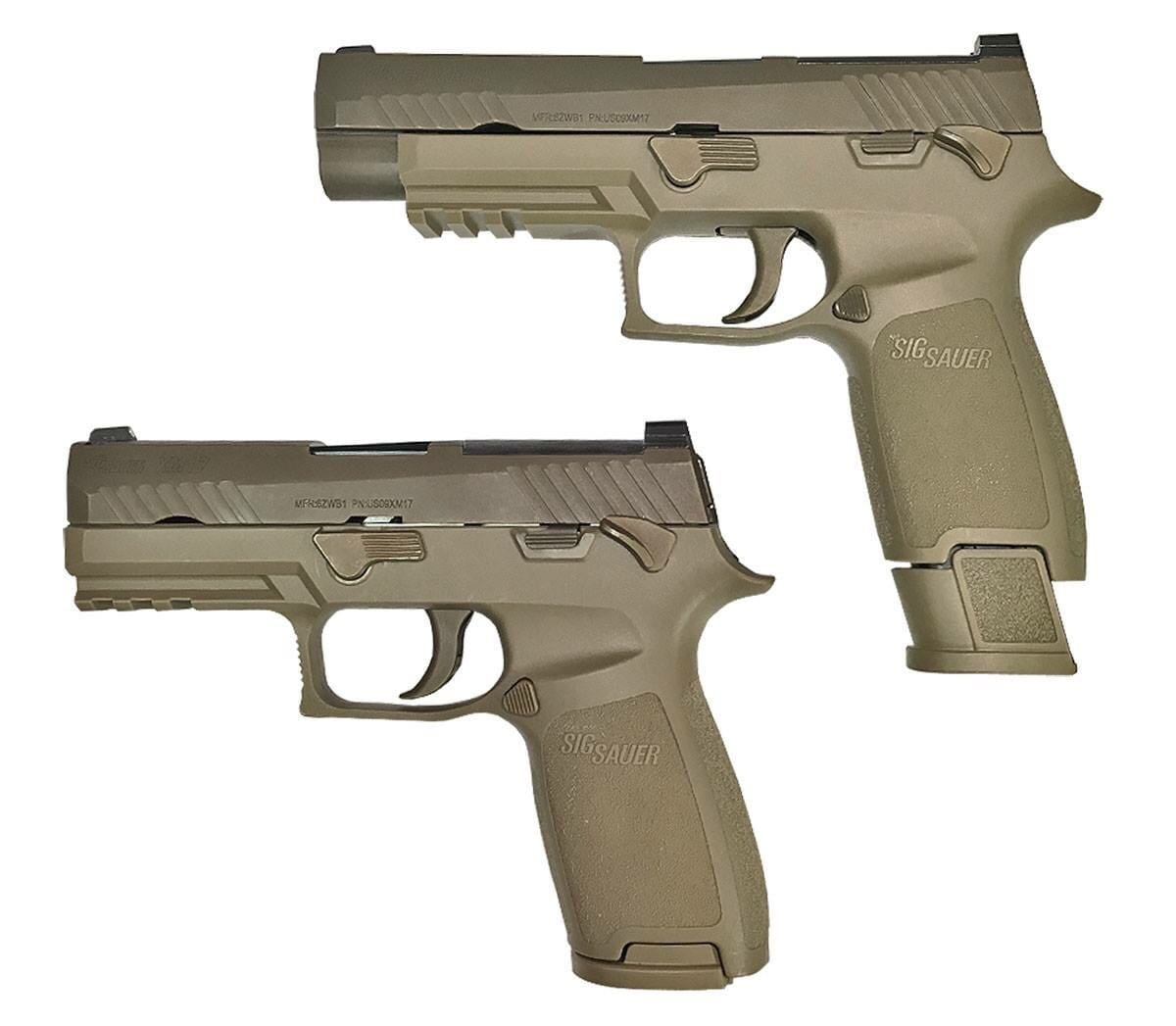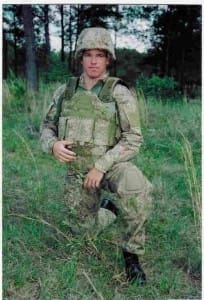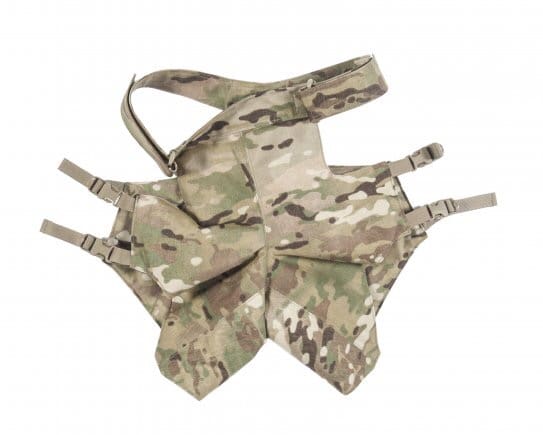Last week, the US Army released a story about a new FR fabric they’ve developed. This is great news. I love to see new materials developed. I also share Army Textile Technologist Carole Winterhalter’s and others’ enthusiasm for the reintroduction of wool into US military uniforms. There are only good things to say about wool, particularly the wool sourced from Rambouillet sheep, which rivals New Zealand’s famed Merino wool. I think it’s going to happen eventually, as well. However, there are a couple of things I want to point out about the article.
First off, the article states that the goal of the development of this new fabric blend is to create a flame-resistant combat uniform made wholly from domestic material, but that’s already been done, by multiple vendors. Although, US Army and Marine Corps FR combat uniforms are made of Tencate’s Defender M, which is milled from a blend of materials that incorporates Austrian Lenzig FR Rayon fibers, a fiber requiring a Berry waiver, there are many domestic FR fabrics. Rather, the goal here, seems to be to figure out ways to use wool, and in particular, wool blends.
Additionally, the US herd of sheep is currently insufficient to support a major DoD procurement. Currently, SOF is way out front of the services on this, and the industry is working hard to support their limited requirements while continuing to sustain its existing commercial business.
Finally, the article seems to overstate the Army’s role in the introduction of our domestic Superwash facility. To be sure, they supported the effort, but it has not sat fallow, awaiting an Army requirement. To the contrary; it is a fully viable commercial entity, currently supporting such brands as Duckworth, Farm to Feet, Point6, XGO and others.
Having said all of that, I urge them to keep up the good work. Wool is awesome and it’s unfortunate the domestic wool industry is currently so limited. Show the ranchers there’s a viable requirement, and they’ll grow to meet it.
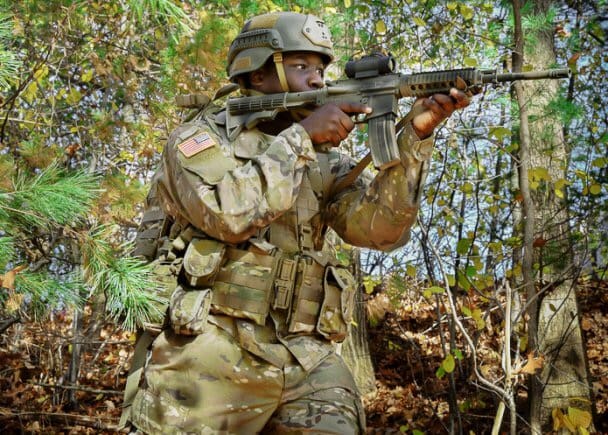
Photo: Pvt. Antwan Williams, an Infantryman serving as a Human Research Volunteer Soldier at the U.S. Army Natick Soldier Research, Development and Engineering Center, models a prototype uniform developed by NSRDEC’s textile technologists. He is also wearing a MOLLE Medium Pack System and a conceptual load carriage vest system called the Airborne Tactical Assault Panel that is designed specifically for Airborne operations but will also be evaluated for non-Airborne operations, including jungle environments. (Photo Credit: Jeff Sisto, NSRDEC Public Affairs)
Some of you are going to ask about the chest rig in the photo, called the Airborne Tactical Assault Panel. Yes, that’s Tubes which FirstSpear provided to the Army Experimental Load Carrying Facility. I’ve seen prototypes of this design going back several years and Tubes makes a great, low profile, front closure. Hopefully, we’ll see this adopted.
ABERDEEN PROVING GROUND, Md. — U.S. Army researchers who are developing a wool-based fabric blend are aiming to improve combat uniforms while also boosting U.S. manufacturing jobs.
The Army has developed a fabric composed of 50 percent wool, 42 percent Nomex, 5 percent Kevlar and 3 percent P140 antistatic fiber. The goal is to create a flame-resistant combat uniform made wholly from domestic materials, said Carole Winterhalter, a textile technologist with the Army Natick Soldier Research, Development and Engineering Center.
“We have a lightweight fabric that is inherently flame resistant. No topical treatments are added to provide [flame resistance],” Winterhalter said. “We are introducing a very environmentally friendly and sustainable fiber to the combat uniform system.
To test prototype uniforms made with the fabric, three Army researchers traveled to Germany in August for Exercise Combined Resolve VII, where they worked with about 100 Soldiers. The exercise drew about 3,500 participants from NATO allies to the region.
There, the researchers joined John Riedener, the field assistance in science and technology advisor assigned to 7th Army Training Command. FAST advisors are a component of the U.S. Army Research, Development and Engineering Command.
“We were in the heat of summer here, and it was very warm during the exercise,” Riedener remembered. “The uniforms were lighter weight and breathed better. Soldiers were very happy with the material.”
Soldiers from 1st Armored Brigade Combat Team, 3rd Infantry Division participated in the 21-day testing and completed surveys before and after the exercise, said Brian Scott, NSRDEC equipment specialist, Soldier and Squad Optimization and Integration Team. The R&D team selected Hohenfels, Germany, because the evaluation of a fire-resistant wool undergarment also took place there.
During testing, each Soldier received three prototype uniforms. Each was made from the same wool-based blend. One was “garment treated” with permethrin, an insecticide, and another was “fabric treated” with permethrin. The third was untreated.
The Soldiers, who came from a variety of military occupational specialties, wore each of the three uniforms for about seven days in a field environment for a total of 21 days. The testing and survey instructions asked Soldiers not to compare the prototypes with existing uniforms or camouflage patterns.
Their feedback regarding comfort, durability, laundering and shrinkage, insect resistance, and overall performance will help determine whether researchers will continue the development effort, Winterhalter said.
Initial results suggest the majority of the Soldiers liked the fabric because it was lightweight and breathable; however, analysis of the survey data has yet to be completed, said Shalli Sherman, NSRDEC program manager for the Office of Synchronization and Integration.
Winterhalter is optimistic about the prospect of a wool blend being incorporated into combat uniforms because of its environmental, manufacturing and economic benefits. She said the United States has about 80,000 wool growers, and the Army would like to include the material in the clothing system.
“Wool is 100 percent biodegradable. It’s easy to dye and absorbs moisture,” said Winterhalter, who also serves as the federal government’s chief technology officer for the Advanced Functional Fabrics of America Manufacturing Innovation Institute.
“The Army has spent quite a bit of time and money to reintroduce a manufacturing process in this country called Super Wash that allows us to shrink-resist treat the wool. … When blended with other fibers, the fabric does not shrink excessively when washed.”
The new Super Wash process makes wool viable for combat clothing in nearly any application, including jackets, pants, underwear, headwear, gloves and socks, Winterhalter said.
NSRDEC researchers are planning for a larger field study with more users over a longer time period of time, possibly 30 days. More data on comfort and durability will be needed for the Army to move forward, Winterhalter said.


